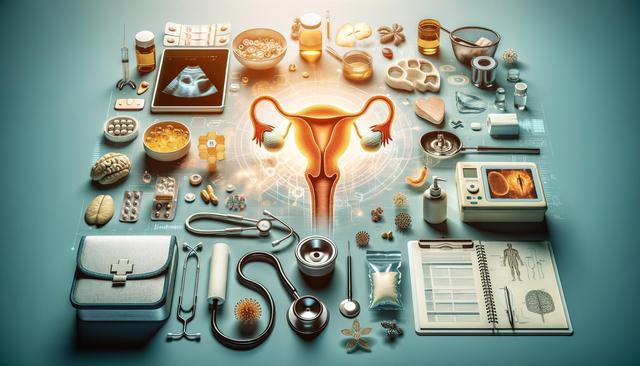Understanding Urinary Incontinence
Urinary incontinence is a condition characterized by the involuntary leakage of urine, affecting millions of individuals worldwide. It can range from mild occasional leaks to severe and constant wetting. The condition can be caused by a number of factors including age, pregnancy, childbirth, menopause, and certain medical conditions like diabetes and neurological disorders. Understanding the underlying cause of urinary incontinence is crucial for effective management. There are several types of urinary incontinence, including stress incontinence, urge incontinence, overflow incontinence, and functional incontinence. Each type requires a specific approach to treatment and management, which may include lifestyle changes, dietary adjustments, pelvic floor exercises, and medical interventions.
Lifestyle Changes and Exercises
One of the first steps in managing urinary incontinence is to implement lifestyle changes and exercises that can strengthen the pelvic floor muscles. Kegel exercises are particularly effective as they target the muscles that support the bladder and help control urination. To perform Kegel exercises, you need to locate your pelvic floor muscles, which can be done by stopping your urine flow midstream. Once identified, contract these muscles for a few seconds, then relax. Aim for three sets of 10 repetitions each day. In addition to exercises, maintaining a healthy weight, avoiding excessive caffeine and alcohol, and quitting smoking can significantly improve symptoms. Wearing absorbent pads and planning regular bathroom visits can also help manage the condition.
Dietary Adjustments
Diet plays a crucial role in managing urinary incontinence. By avoiding certain foods and including others, you can alleviate symptoms. Key dietary adjustments include reducing the intake of bladder irritants such as caffeine, spicy foods, and artificial sweeteners. Instead, focus on consuming foods rich in fiber to prevent constipation, which can exacerbate incontinence. Additionally, staying hydrated is important, but it’s best to consume fluids in small, regular amounts throughout the day rather than large quantities at once. Here are five foods that may help improve bladder health and reduce incontinence:
- Water-rich fruits and vegetables like cucumbers, watermelon, and celery
- Whole grains
- Legumes
- Lean proteins such as chicken and fish
- Probiotic-rich foods like yogurt
Medical Treatments and Therapies
For some individuals, lifestyle changes and dietary adjustments may not be sufficient, and medical treatments may be necessary. A variety of medications can help manage urinary incontinence by relaxing bladder muscles or increasing urethral resistance. In more severe cases, surgical interventions may be considered, which could include procedures like sling surgery, bladder neck suspension, or the implantation of an artificial urinary sphincter. Additionally, therapies such as biofeedback and electrical stimulation can be effective in strengthening pelvic floor muscles and improving bladder control. It is essential to consult with a healthcare provider to determine the most suitable treatment plan based on the type and severity of incontinence.
Psychological and Social Support
Living with urinary incontinence can be challenging and may impact an individual’s emotional and social well-being. It is important to seek psychological and social support to cope with the condition effectively. Counseling and support groups can provide a platform for sharing experiences and learning coping strategies. Furthermore, educating family members and engaging them in the management process can create a supportive environment. Remember that urinary incontinence is a common condition, and seeking help is a proactive step towards managing it effectively.
